Space Technology Hall of Fame
Communications Technology
Syncom – Geostationary Satellite Communications
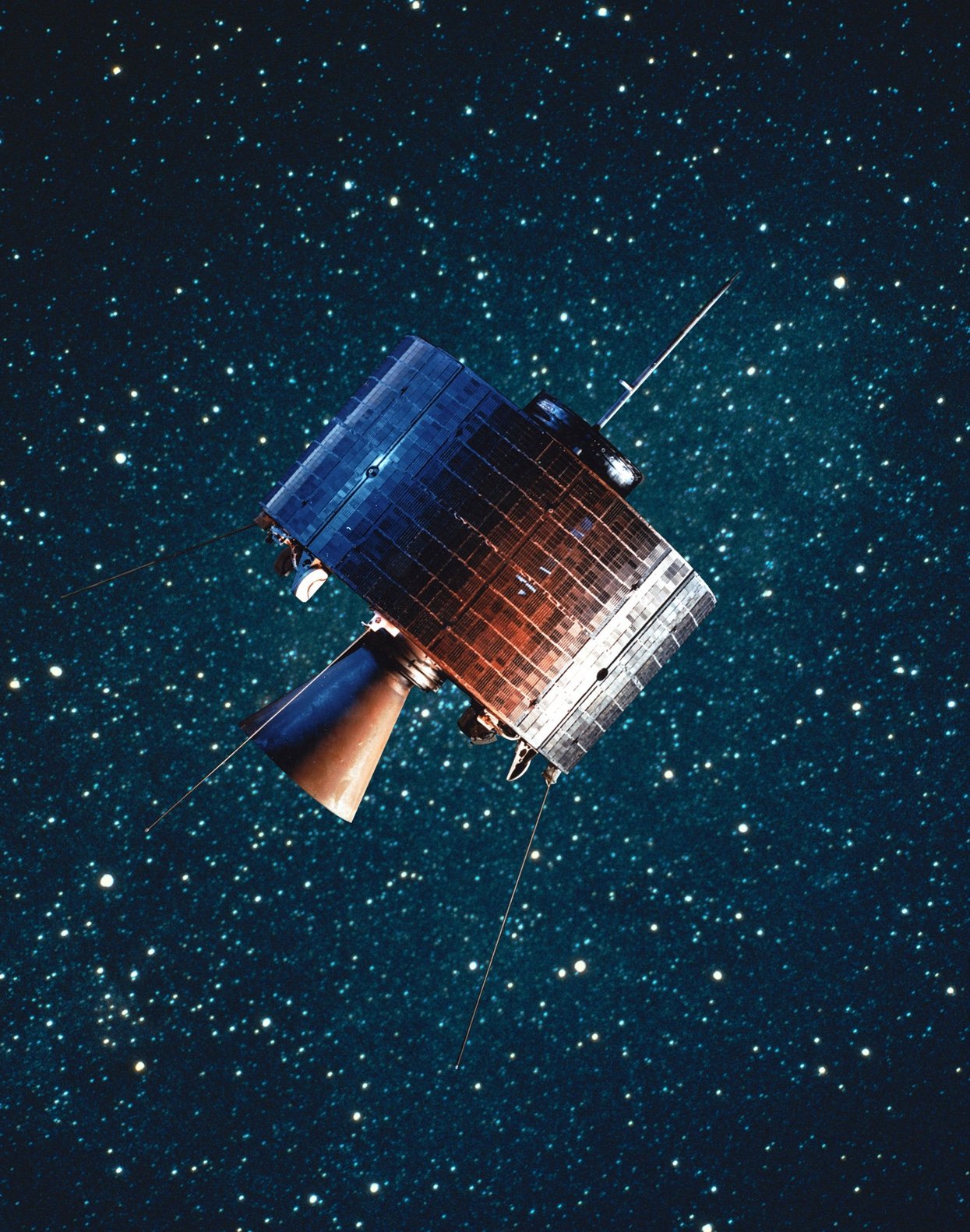
In 1961, NASA awarded a $4 million contract to the Hughes Aircraft Company to design and build the first geostationary satellites. The three satellites, known as Syncom 1, 2, and 3, were individually launched in 1963 and early 1964, and remained active until 1966. The success of this program proved that geostationary satellites –…
Beowulf Computing Cluster
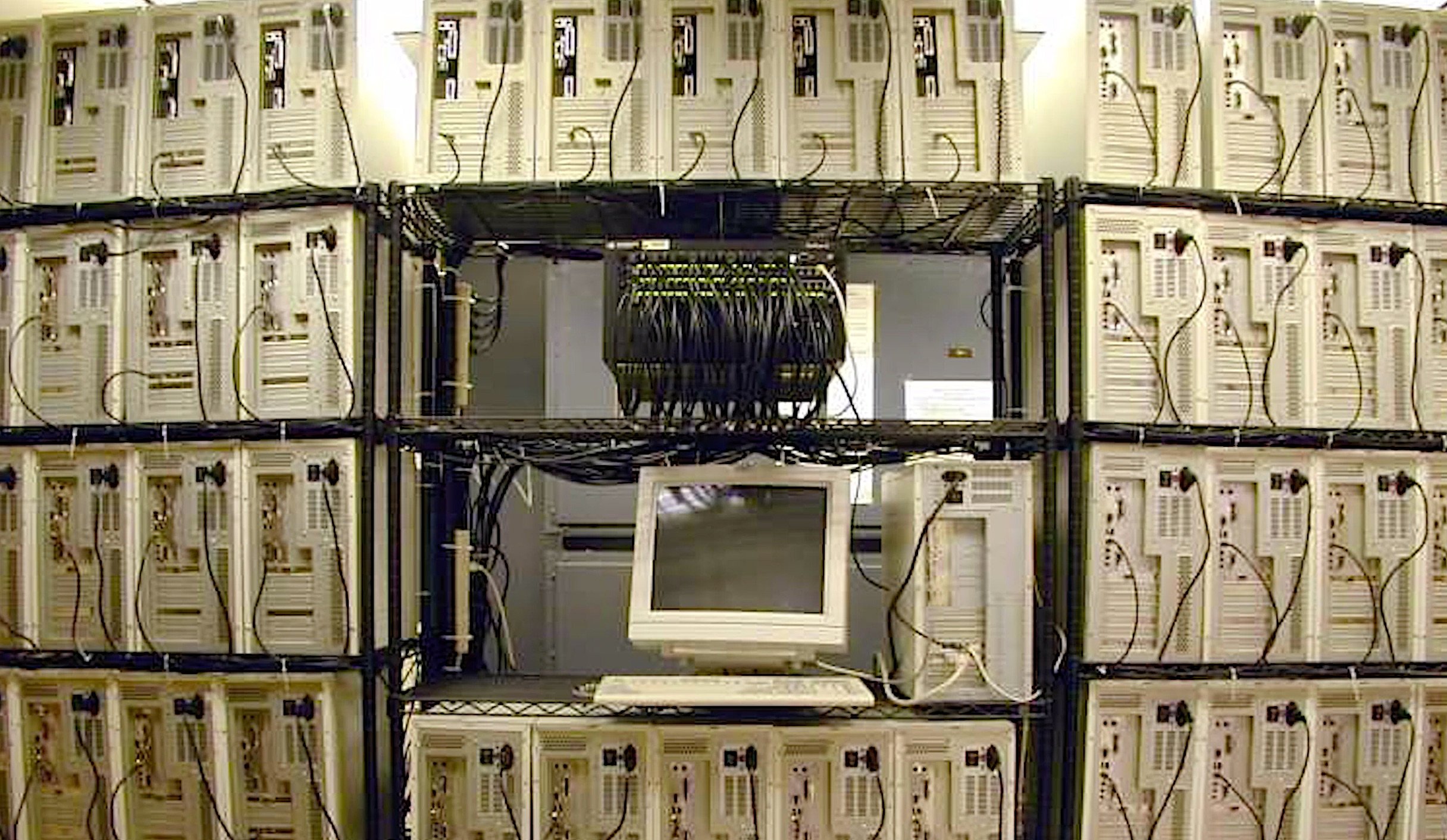
A Beowulf Computing Cluster is a grouping of off-the-shelf computer hardware networked together with fast communication software. The resulting parallel processing power of the collection generates processing speeds faster than most super-computer systems used for complex processing – at a fraction of the cost. In the mid-90’s however, such a configuration didn’t seem very advantageous.…
Audio Conference Bridge Technology
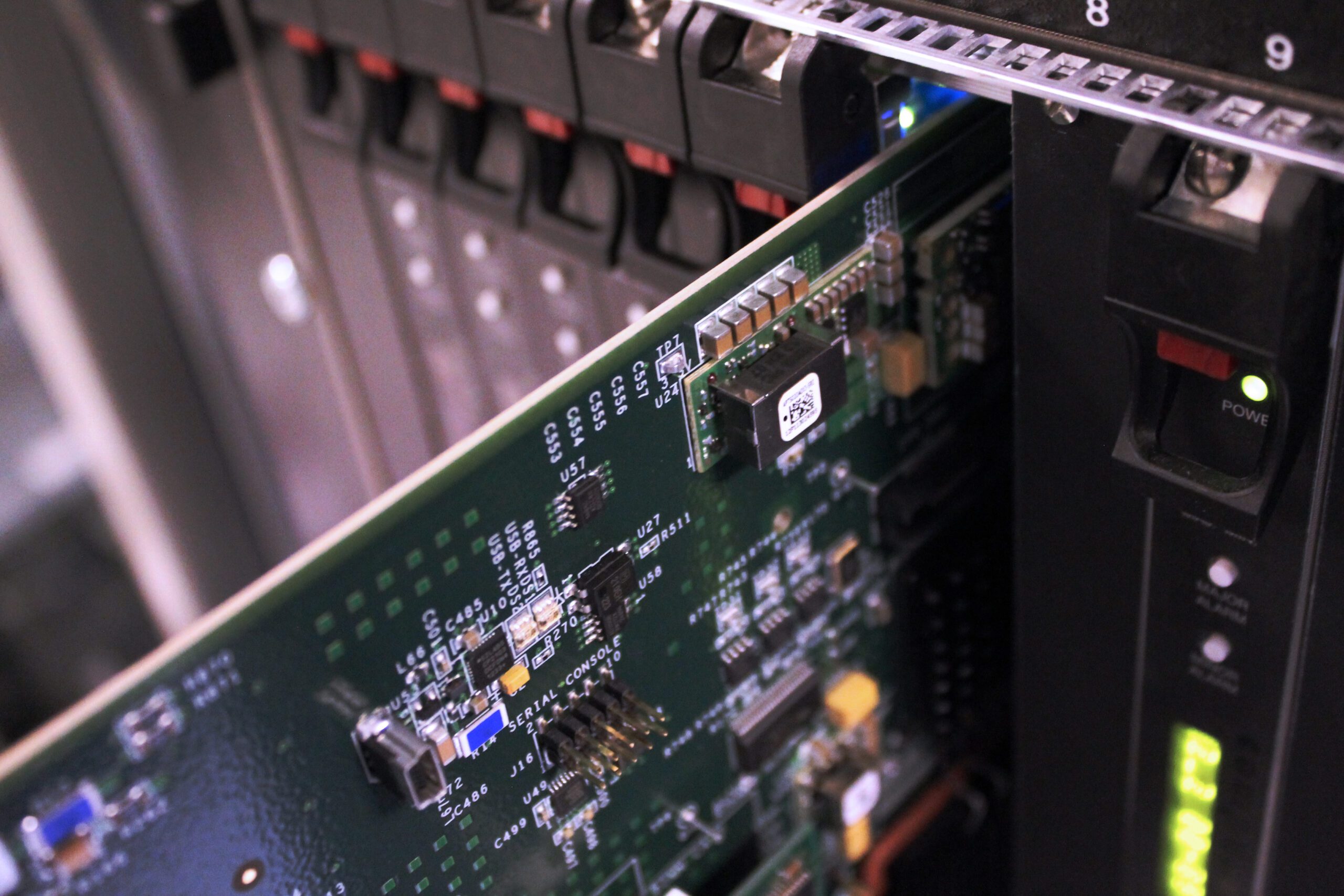
Compunetix was founded in 1968 as a small contract-services technology provider. In 1987, they won a contract to deliver a digital voice switching system for NASA that would accommodate the agency’s wide range of communication needs. At the time, NASA’s communication network was an analog system requiring the manual switching of cables to relay communication…
Traveling-Wave Tube Amplifier
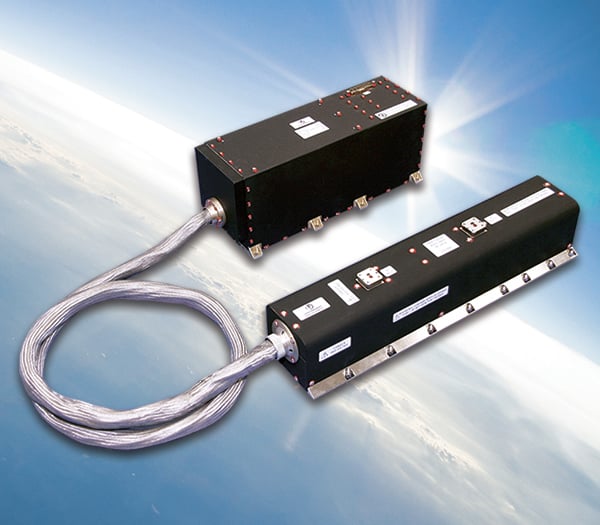
First developed in the 1930s, Traveling-Wave Tube Amplifiers (TWTAs) were designed to amplify radio frequency signals. It was in the early 1960s that NASA and L3 teamed up to evolve the technology so it would meet the transmission needs of space missions. The first TWTA flew on a satellite in 1962, and they have been…
Ka-Band Software-Defined Radio (SDR)/Harris AppSTAR™ Architecture
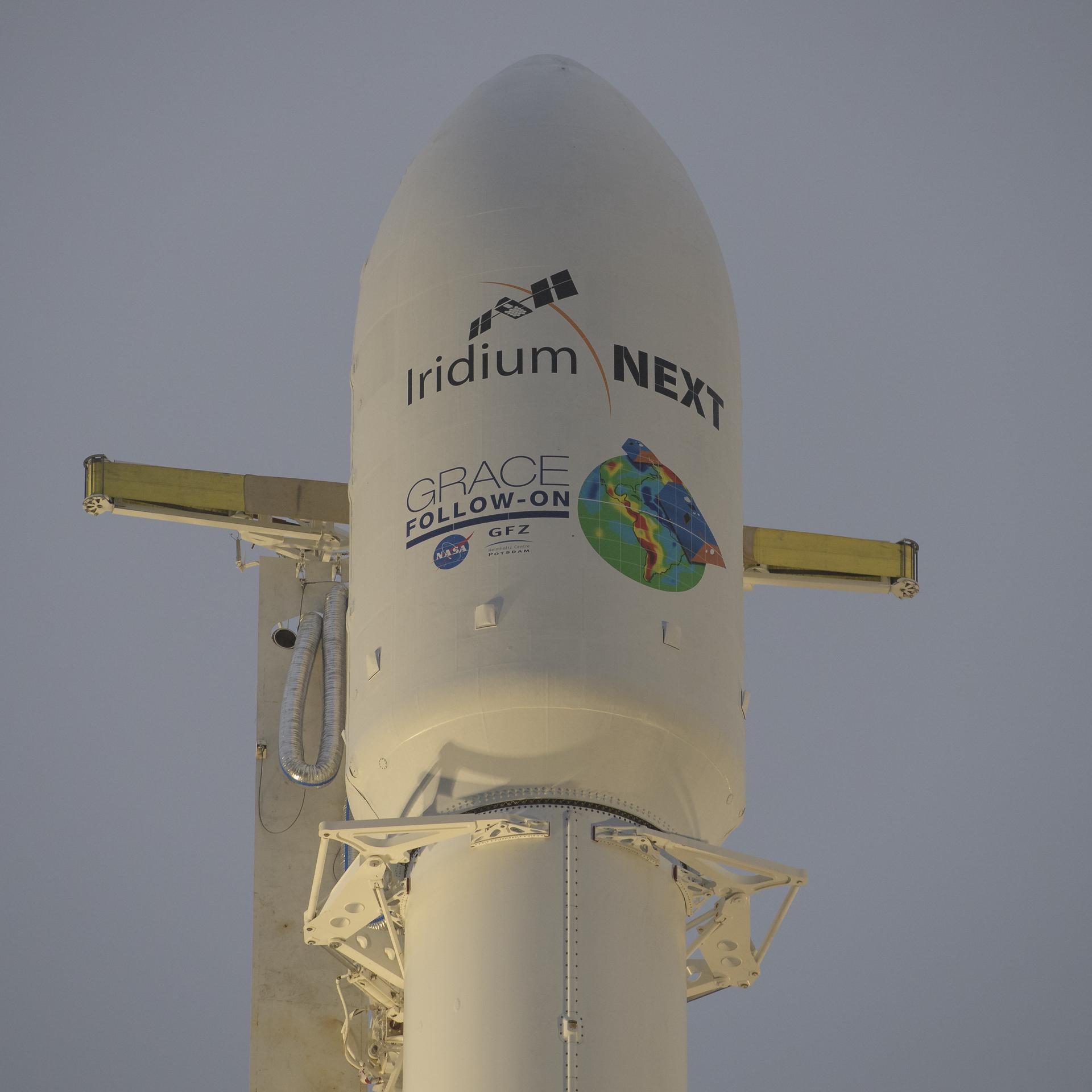
Communication devices, such as smart phones and radios, rely on electromagnetic spectrum, particularly the “S-band” portion to transmit data. Given the growing use of these technologies, the S-band has become congested with many users. This is a challenge for space missions especially given the huge amounts of data that must be rapidly delivered to Earth…
Miniaturized Laser Terminals for the Skies and Beyond

Reliable and affordable Laser Communication technology connecting the world There is an increasing worldwide demand for internet access to connect all aspects of our modern society. Miniaturized Laser Terminals for aircraft, UAVs and satellites can provide backbone connectivity for such access in a reliable and affordable way. Digital communications technology reaches every aspect of our…
Advanced Communications Technology Satellite (ACTS)
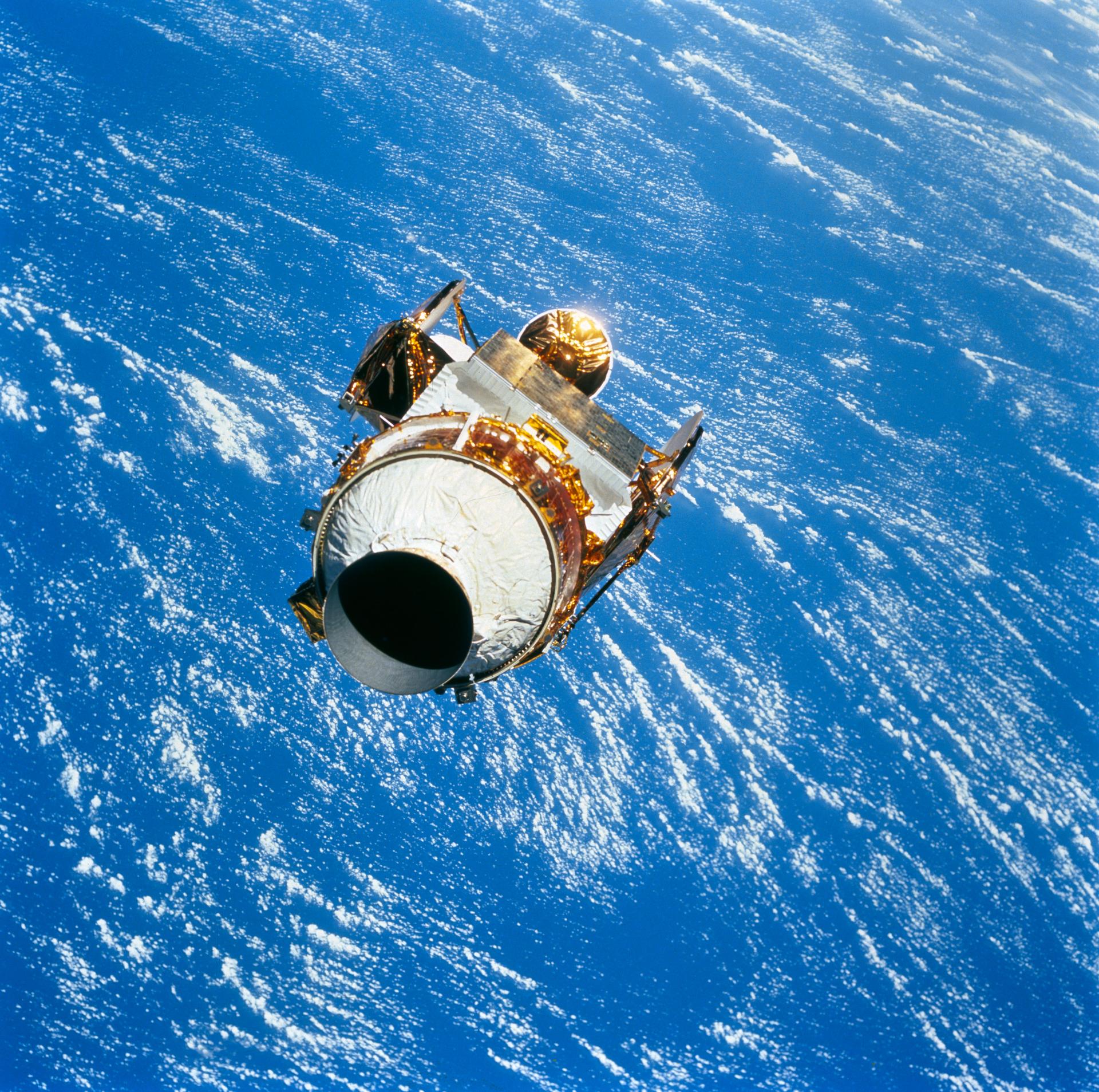
With an ever-increasing market for satellite generated information, new advanced satellite communications methods for transmitting tremendous amounts of information are needed. NASA ascertained that an all-digital, gigabit-capacity communications system was necessary to handle the growing demand and produced the Advanced Communications Technology Satellite (ACTS). Launched in 1993, the satellite uses advanced on-board switching and processing…
Monolithic Microwave Integrated Circuit Technology
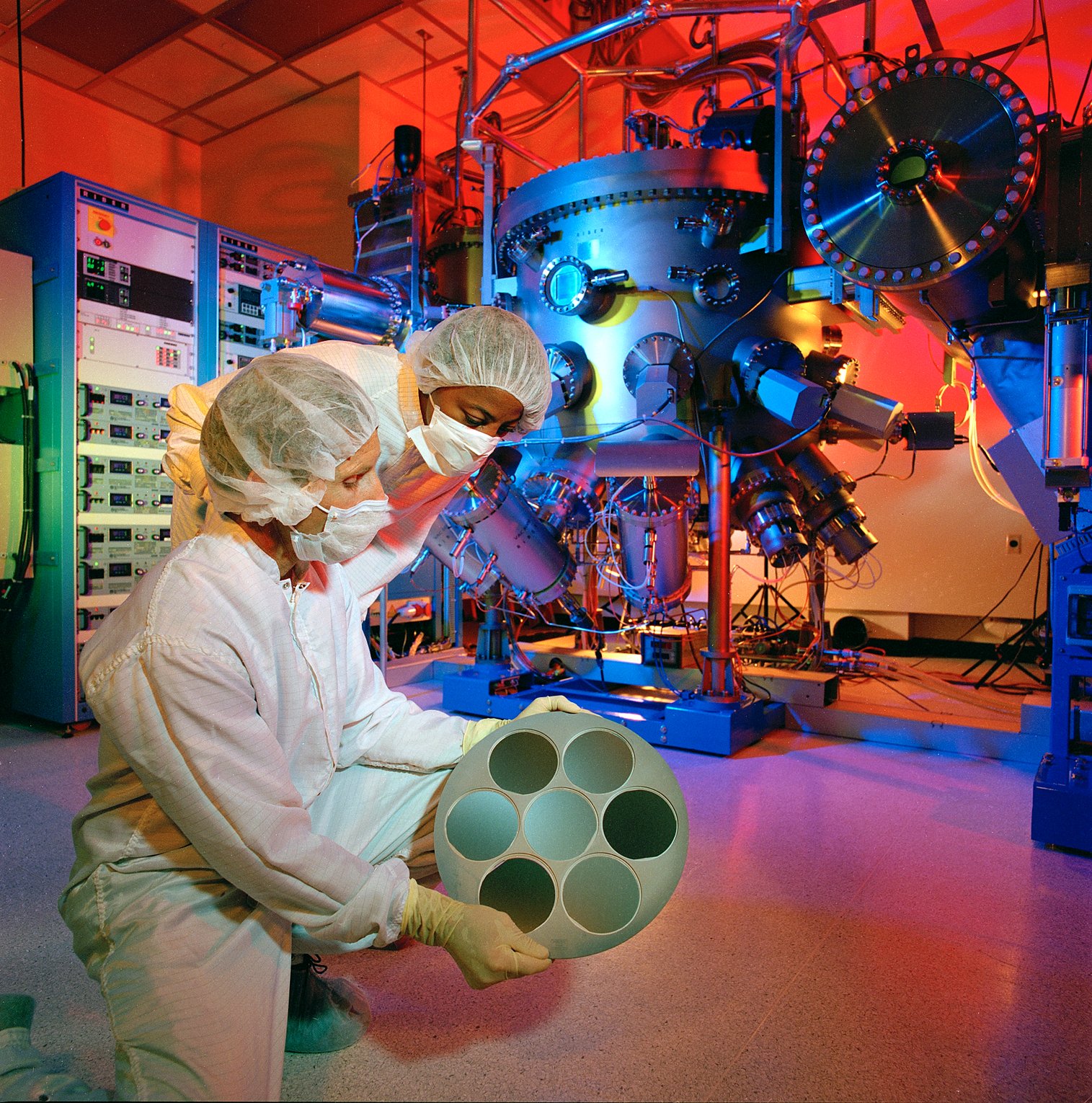
In the 1980s, the Defense Advanced Research Projects Agency (DARPA) initiated a major effort to develop solid-state microwave integrated circuits to replace the tubes, cavities and discrete devices used in microwave radar and telecommunication systems. New advances in semiconductor materials and processing enabled the development of Monolithic Microwave Integrated Circuit (MMIC) Technology. Under a DARPA…
Inflatable Satellite Communication System – GATR
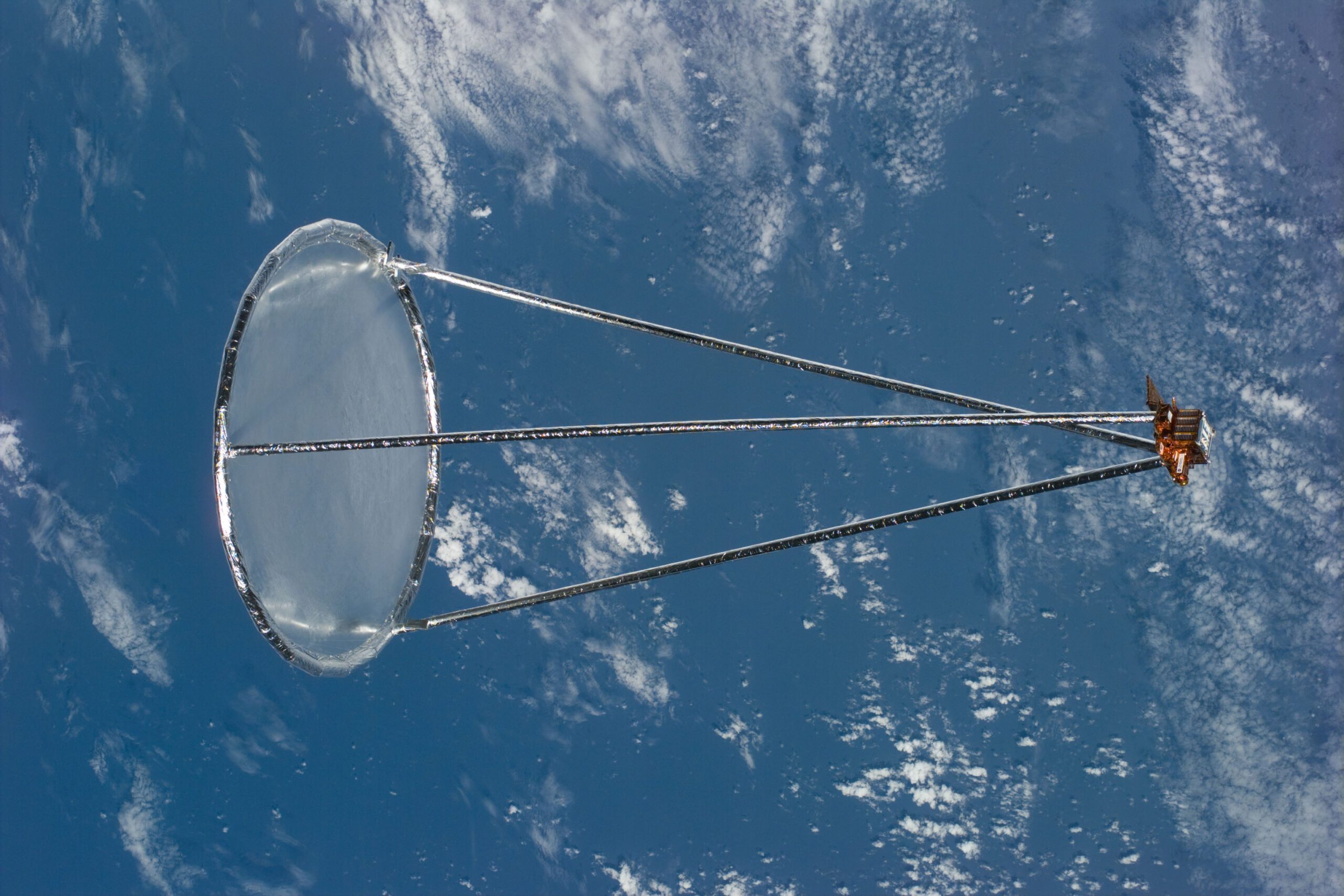
A public/private partnership between NASA Glenn Research Center and SRS Technologies led to an extraordinary new product. The GATR Communication System is a portable, rapidly deployed, inflatable antenna that targets a geostationary satellite to establish critical communications for any mission scenario. In 1997, SRS Technologies (now ManTech International Technologies) received an NASA SBIR contract to…
